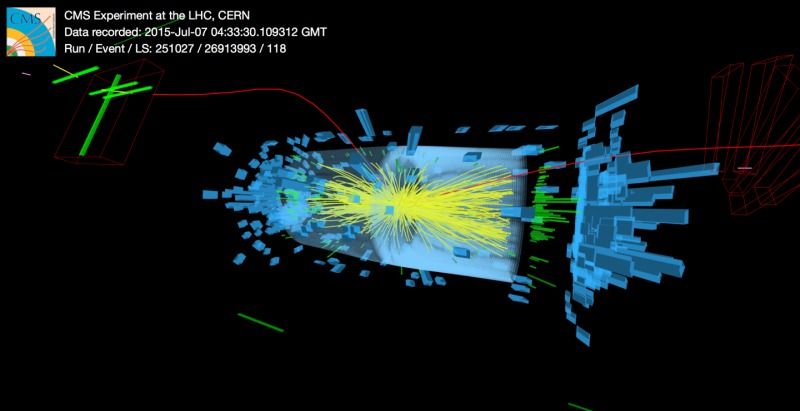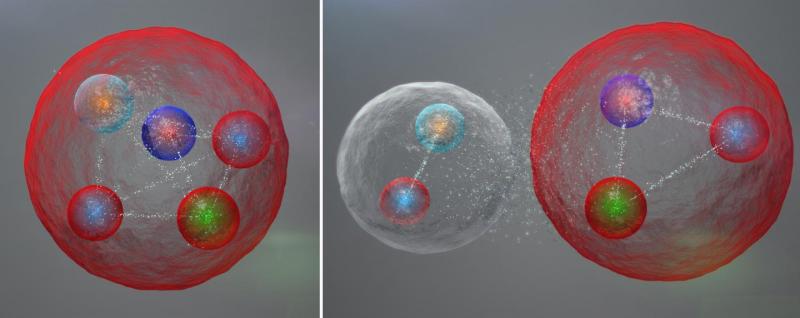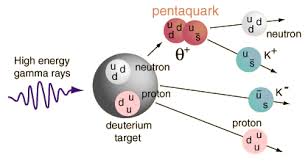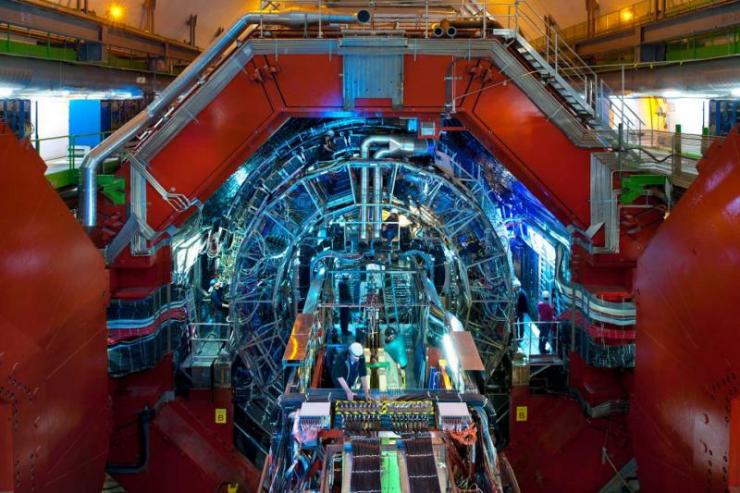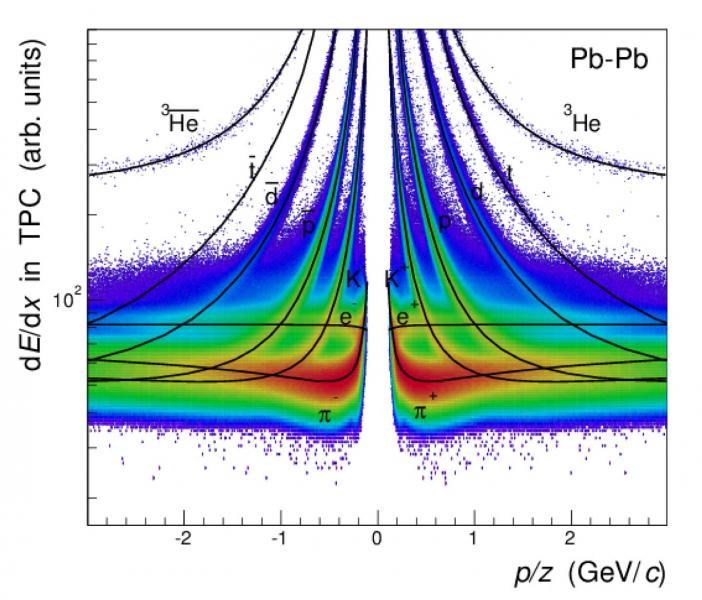To achieve interstellar travel, the Kline Directive instructs us to be bold, to explore what others have not, to seek what others will not, to change what others dare not. To extend the boundaries of our knowledge, to advocate new methods, techniques and research, to sponsor change not status quo, on 5 fronts:
1. Legal Standing. 2. Safety Awareness. 3. Economic Viability. 4. Theoretical-Empirical Relationship. 5. Technological Feasibility.
In Part 1, we learned that Einstein was phenomenally successful because his work was deeply meshed with the experimental evidence of the day. In Part 2, we learned that to be successful at developing new useful theories and discovering new fundamental properties of Nature that will bring forth new interstellar travel technologies, we need to avoid hypotheses that are not grounded in experimental data, as these are purely mathematical conjectures.
In my book on gravity modification I classified physics hypotheses and theories into 3 categories, as follows:
A. Type 1: The Millennium Theories
These are theories that would require more than a 100 years and up to 1,000 years to prove or disprove. Mathematically correct but inscrutable with physical verifiable experiments, even in the distant future.
String and quantum gravity theories fall into this category. Why? If we cannot even figure out how to engineer-modify 4-dimensional spacetime, how are we going to engineer-modify a 5-, 6-, 9-, 11- or 23-dimensional universe?
How long would it take using string theories to modify gravity? Prof. Michio Kaku in his April 2008 Space Show interview had suggested several hundred years. Dr. Eric Davis in his G4TV interview had suggested more than 100 years maybe 200 years. So rightly, by their own admission these are Millennium Theories. It should be noted that Richard Feynman (Nobel Prize 1965) & Sheldon Lee Glashow (Nobel Prize 1979) were against string theory, but their opinions did not prevail.
Even hypotheses that conjecture time travel should be classified as Millennium Theories because they require ‘exotic’ matter. John Eades, a retired CERN senior scientist, in his article Antimatter Pseudoscience, states in no uncertain terms that antimatter is impossible to handle and create in real quantities. Then what about exotic matter?
For that matter any hypothesis that requires antimatter or exotic matter should be classified a Millennium Theory.
B. Type 2: The 100-Year Theories
These are theories that show promise of being verified with technologies that would require several decades to engineer, test and prove.
These types of theories do not lend themselves to an immediate engineering solution. The engineering solution is theoretically feasible but a working experiment or technology is some decades away, because the experimental or physical implementation is not fully understood.
Note there is this gap. We do not have 100-Year Theories in our repertoire of physical theories to keep the pipeline supplied with new and different ways to test the physical Universe.
C. Type 3: The Engineering Feasible Theories
These are theories that lend themselves to an engineering solution, today. They are falsifiable today, with our current engineering technologies. They can be tested and verified in the laboratory if one knows what to test for and how to test for these experimental observations.
Today Relativity falls into this category because we have the engineering sophistication to test Einstein’s theory, and it has been vindicated time and time again. But, there is a very big ‘but’. But Relativity cannot give us gravity modification or new propulsion theories, because it requires mass. We need to stand on Einstein’s shoulders to take the next step forward.
Therefore, if we are to become an interstellar civilization, in the spirit of the Kline Directive, we need to actively seek out and explore physics in such a manner as to bring forth Engineering Feasible and 100-Year Theories.
We need to ask ourselves, what can we do, to migrate the theoretical physics research away from Theory of Everything research to the new field of propulsion physics? Gravity modification is an example of propulsion physics. Here is the definition of gravity modification, from my book:
“Gravity modification is defined as the modification of the strength and/or direction of the gravitational acceleration without the use of mass as the primary source of this modification, in local space time. It consists of field modulation and field vectoring. Field modulation is the ability to attenuate or amplify a force field. Field vectoring is the ability to change the direction of this force field.”
Note by this definition requiring no mass, relativity, quantum mechanics and string theories cannot be used to theorize propulsion physics. Therefore, the urgent need to find genuinely new ways in physics, to achieve interstellar travel.
Can we get there? The new physics? To answer this question let me quote Dr. Andrew Beckwith, Astrophysicist, Ph.D.(Condensed Matter Theory) who wrote the Foreword to my book:
“I believe that Quantum Mechanics is an embedded artifact of a higher level deterministic theory, i.e. much in the same vein as G. t’Hooft, the Nobel prize winner. In this sense, what Benjamin has done is to give a first order approximation as to what Quantum Mechanics is actually a part of which may in its own way shed much needed understanding of the foundations of Quantum Mechanics well beyond the ‘Pilot model’ of DICE 2010 fame (this is a conference on the foundations of Quantum Mechanics and its extension given once every two years in Pisa , Italy, organized by Thomas Elze).”
Why does Dr. Andrew Beckwith reference quantum mechanics in a book on gravity modification?
Because my investigation into gravity modification led me to the conclusion that gravitation acceleration is independent of the internal structure of the particle. It does not matter if the particle consists of other particles, strings, pebbles or rocks. This led me to ask the question, so what is the internal structure of a photon? I found out that the photon probability is not Gaussian but a new distribution, Var-Gamma. Therefore I believe Robert Nemiroff’s three photon observation will be vindicated by other physicist-researchers sifting through NASA’s archives for gamma-ray burst.
Previous post in the Kline Directive series.
—————————————————————————————————
Benjamin T Solomon is the author & principal investigator of the 12-year study into the theoretical & technological feasibility of gravitation modification, titled An Introduction to Gravity Modification, to achieve interstellar travel in our lifetimes. For more information visit iSETI LLC, Interstellar Space Exploration Technology Initiative.
Solomon is inviting all serious participants to his LinkedIn Group Interstellar Travel & Gravity Modification.


